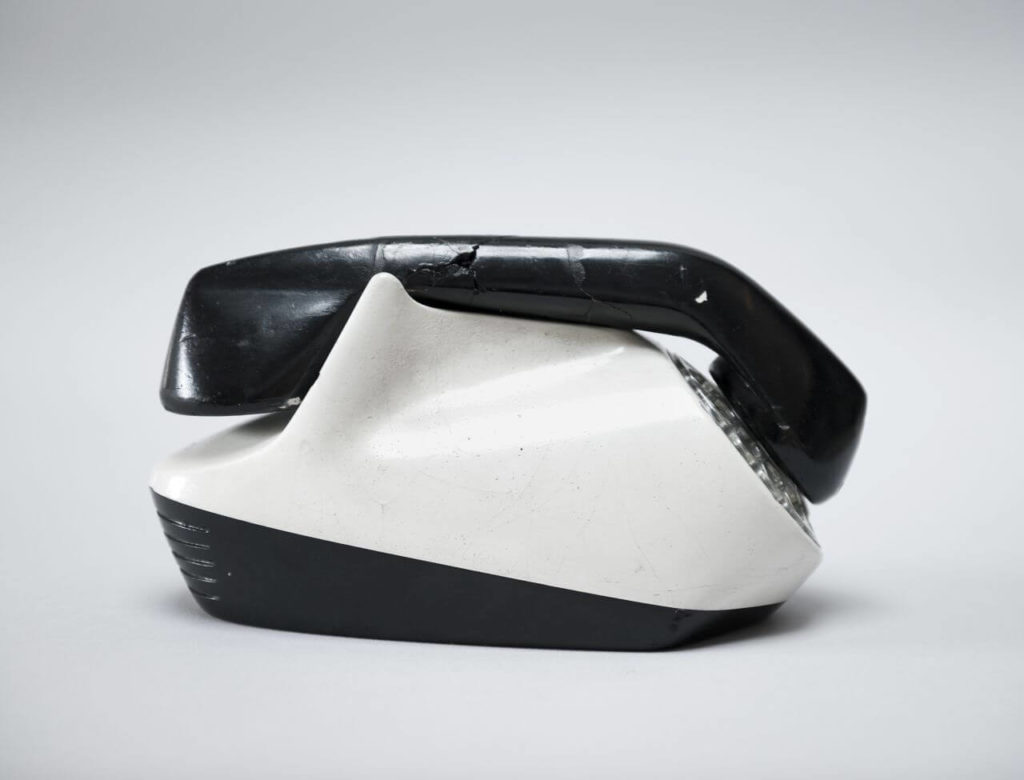“[Design is] all activity carried out to determine those features of industrial products that correspond to the cultural development of society and the conditions of use of these products, taking into account economic opportunities and technical progress.”
Wanda Telakowska
Chapter 5 – Designs for sale
DESIGNS
FOR SALE
1960s
Political life calms down after the Thaw, so the 1960s in Poland end up relatively stable. Design happens to be favoured by the regime, which is both a good and bad thing for designers. On one hand, it guarantees funds and interest, on the other, it brings more scrutiny. Investment in the production of consumer goods increase, but access to modern materials and technologies is still limited. Despite these obstacles, Polish design is booming. Engineers join the ranks of architects and artists. With them in the mix, Polish design takes a turn away from the abstract organic style of the 1950s, and turns towards a simpler and more functional style that is much easier to put into mass production.
The Council for the Design and Aesthetics of Industrial Production (Rada Wzornictwa i Estetyki Produkcji Przemysłowej) plays a big part in this. Thanks to the council’s work, the 1960s sees the first Polish Design Fairs, exhibitions, publications and Poland finally begins to join the international design community. 1963 is a big year. The first design faculties are opened at the Academy of Fine Arts in Kraków and Warsaw. The Association of Industrial Designers (Stowarzyszenie Projektantów Form Przemysłowych) is formed and brings together designers, theoreticians and promoters. Soon, it becomes part of the International Council of Societies of Industrial Designers and still exists today.
AS YOU LIKE IT
‘See, these are good, cheap and functional pieces of furniture,’ says a man to his wife as they step into a furniture store, in a scene from Stanisław Bareja’s musical comedy Marriage of Convenience. Behind them: sectional furniture. A young Polish couple’s dream in the 1960s. This dream would actually come true thanks to the MMM competition – Meble do Małych Mieszkań, or Furniture for Small Apartments competition.
In 1960, the Wood Industry Union announced a competition for the design of cheap but functional furniture that could furnish an entire basic flat. The furniture was supposed to take into account the conditions of mass production, the size of Polish homes, and the functionality of each piece by itself and as a whole set.
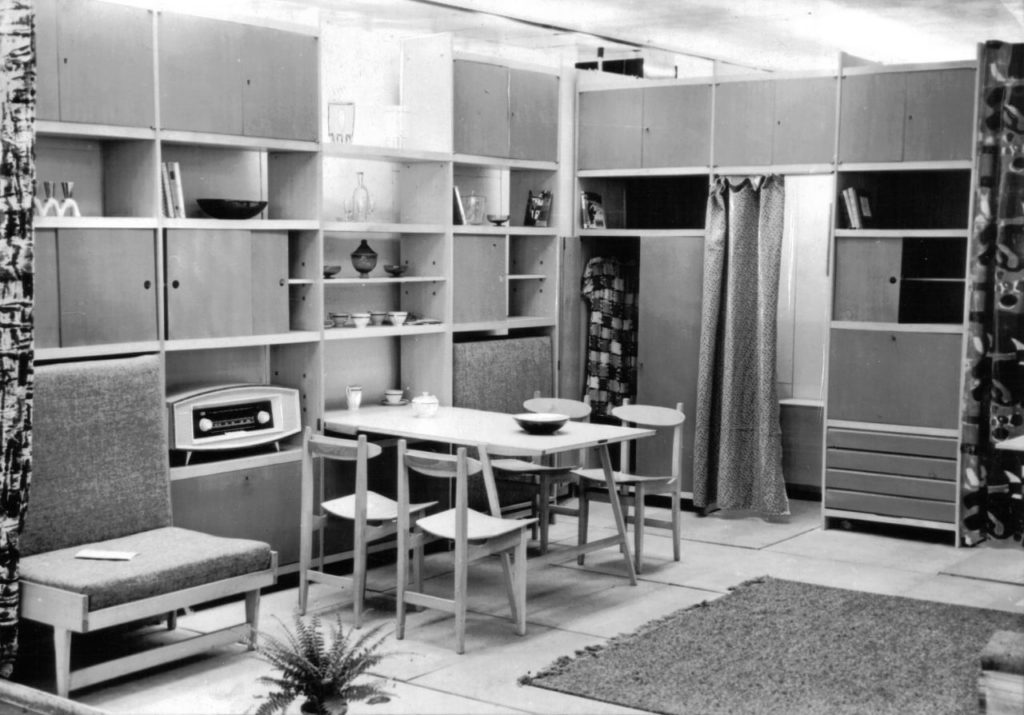
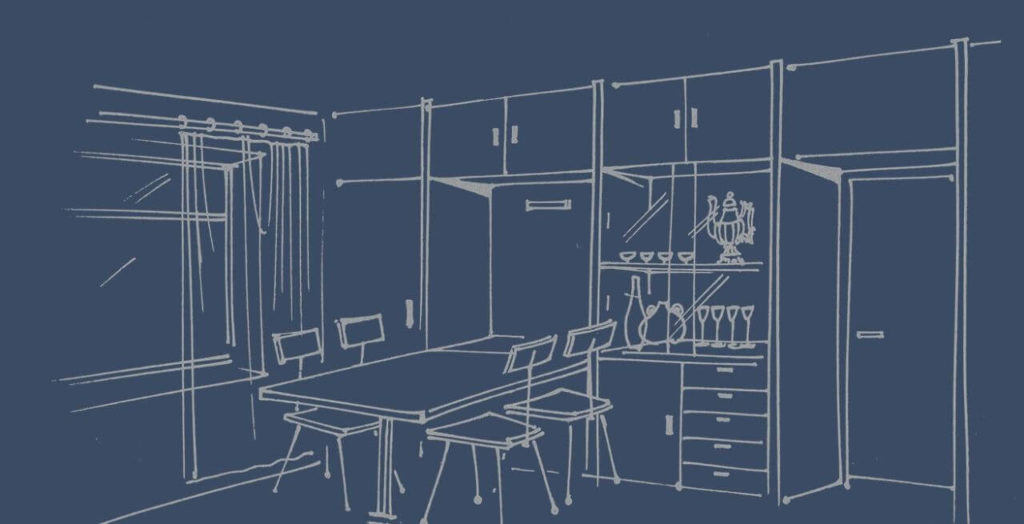
KOWALSKI’S FURNITURE
Bogusława and Czesław Kowalski’s MK system (short for ‘meble kasetonowe’, namely ‘segmented furniture’) won the competition. Their simple furniture was made out of a sturdy outer frame and easy-to-put-together pieces connected with thumb nuts, which allowed for easy arrangement. The rest of the space could be completed using different elements, depending on your needs: a fold-down bed, a fold-down desk, a fold-out table, chairs – you name it! You could even add units on top if you had high ceilings. The wall unit went into mass production in 1962 and became an instant hit. It became known as ‘Kowalski’s furniture’ or, more popularly the ‘meblościanka’ – literally, the ‘furniture-wall’.
Segmented furniture fundamentally changed the style of industrial furniture: a minimum number of elements providing the maximum amount of possible solutions for their use. It was the perfect answer for the modern man, woman and child, and truly changed the way Poles lived. The ‘meblościanka’ was definitely the most successful Polish industrial design of the 1960s, and even though it may now be considered out of date, it can still be found in many Polish homes today. While some try to get rid of them in favour of modern designs, others are now seeking them out, appreciating their retro charm.
COFFE TIME
“I was in charge of preparing the form – I did everything myself. First, the design on paper, then the plaster model, and then, everything related to implementing it into production.”
Józef Wrzesień
Today, grabbing a cup of a coffee at the coffee place around the corner is totally normal. However, in 1960s Poland, drinking coffee was synonymous with luxury. Sitting down with a cup of coffee in a beautifully-designed café was a true experience. It was a symbol of the Western life everybody longed for. It was at these cafés that Poles sat in modern armchairs, covered in colourful, patterned fabrics, lit by the light of asymmetrical lamps with conical lampshades, and drank black coffee out of delicate porcelain cups.
Drinking coffee was a ritual. One couldn’t just simply drink it out of a old, chipped mug – the ritual required special vessels. Coffee sets were a must. Lubomir Tomaszewski’s Dorota coffee set, produced at the legendary Ćmielów Porcelain Factory, was organic and fluid, played with curves and concaves. But it is not only beautiful. The design is also extremely well thought through. To create the ‘perfect coffee set’, Tomaszewski used scientific research. He took into account the laws of mechanics and ergonomics, as well as the physical characteristics of liquids. He used organic forms to create a natural grip without using traditional handles. Why? The answer was simple. The handles are usually the first part of a coffee cup to break! Each part of the set – comprised of a coffee pot, a set of cups, a milk jug and a sugar bowl – was made from the same mould.
The coffee pot softly folds over at the top on both sides – on one side covering the opening to pour the liquid into, on the other creating a spout. The cups can be ‘cupped’ in your hands, held like a glass or held by their little ‘spouts’. The milk jug and sugar bowl are also one piece of porcelain and have no handles – even so, they fit comfortably in one’s hand. Tomaszewski’s coffee set was awarded first prize at the 1st International Design Exhibition in Paris and caught they eye of Philip Rosenthal, creator of the Rosenthal Studio-Line. The Dorota coffee set is still being produced at the Ćmielów factories today – as is Tomaszewski’s Ina coffee set. Inspired by Dorota, Ina changes the form of the coffee pot and the milk jug just a bit, Tomaszewski looking to further push the boundaries of art and science.
Ina is a somewhat evolved version of the Dorota set: its form simplified, making it easier to pour, no matter how much liquid is in it. Lubomirski moved the upper edge of the spout back, making the stream of coffee steady when pouring and avoiding unnecessary drips. He also moved the lid slightly, so it wouldn’t fall off when pouring. Each set was, as per the designer’s instructions, monochromatically glazed. The closer we look at these two coffee sets, the more we see not only the beauty of their organic forms and bright colours, but extremely functional and ergonomic everyday objects. We see the work of an artist, a designer, someone scientific-minded. And a loving father – the sets were christened with the names of the artist’s daughters.

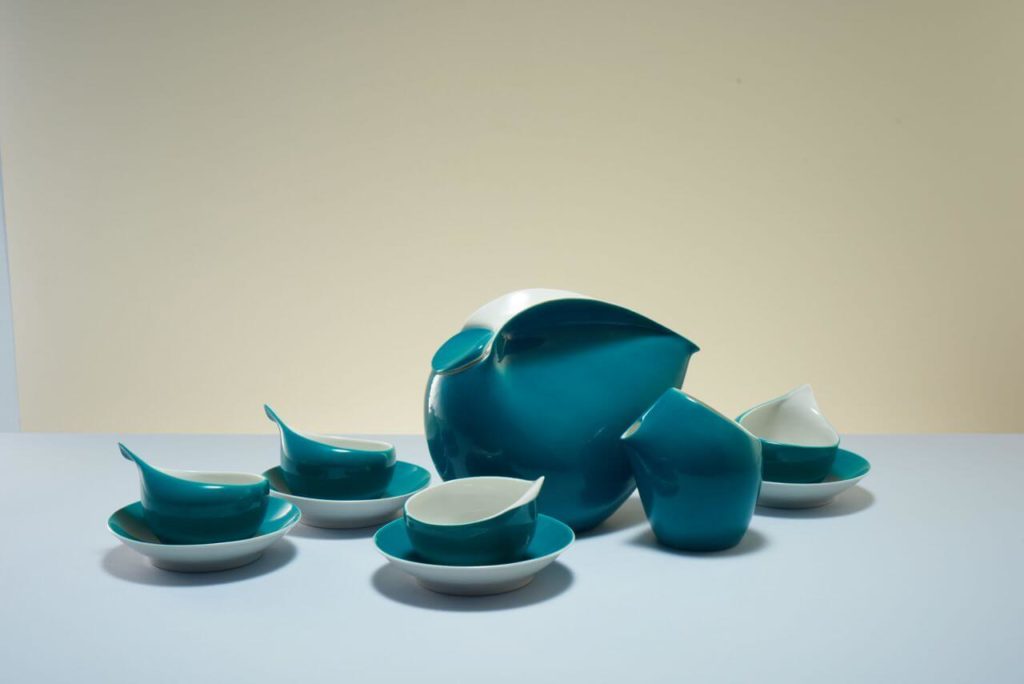
IZA COFFEE SET
In the 1950s and 1960s, Poland was experiencing a ‘coffee boom’. Having your own coffee paraphernalia was a must, but not everyone could afford fancy china. And this is where Józef Wrzesień’s Iza coffee set comes in. Made of a cheaper kind of porcelain known as porcelit, the set was extremely popular – and affordable. Iza was elegant and slightly whimsical. The spout and handles were placed relatively low, underscoring the rounded bottom of the coffee pot and cups, while the curve of the handles went all the way to the very top of the vessels. The delicate cups stand on slightly rounded triangular saucers. The sets were finished with different types of decorations, most often with fashionable abstract patterns applied using a spray technique.
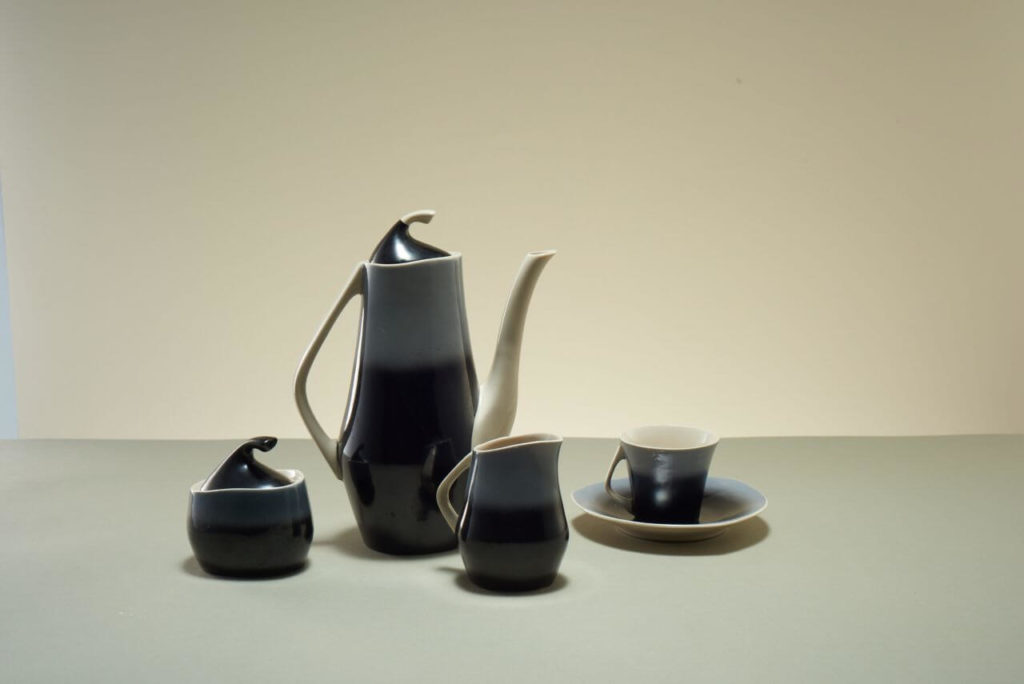
EVERYDAY ICONS
Design was seeping into the everyday. People were beginning to understand that the things around them did not have to be purely functional. They could also have an aesthetic value. Coffee sets, chairs, tables, clocks or even hair dryers could brighten up their daily rituals and make their homes more beautiful.
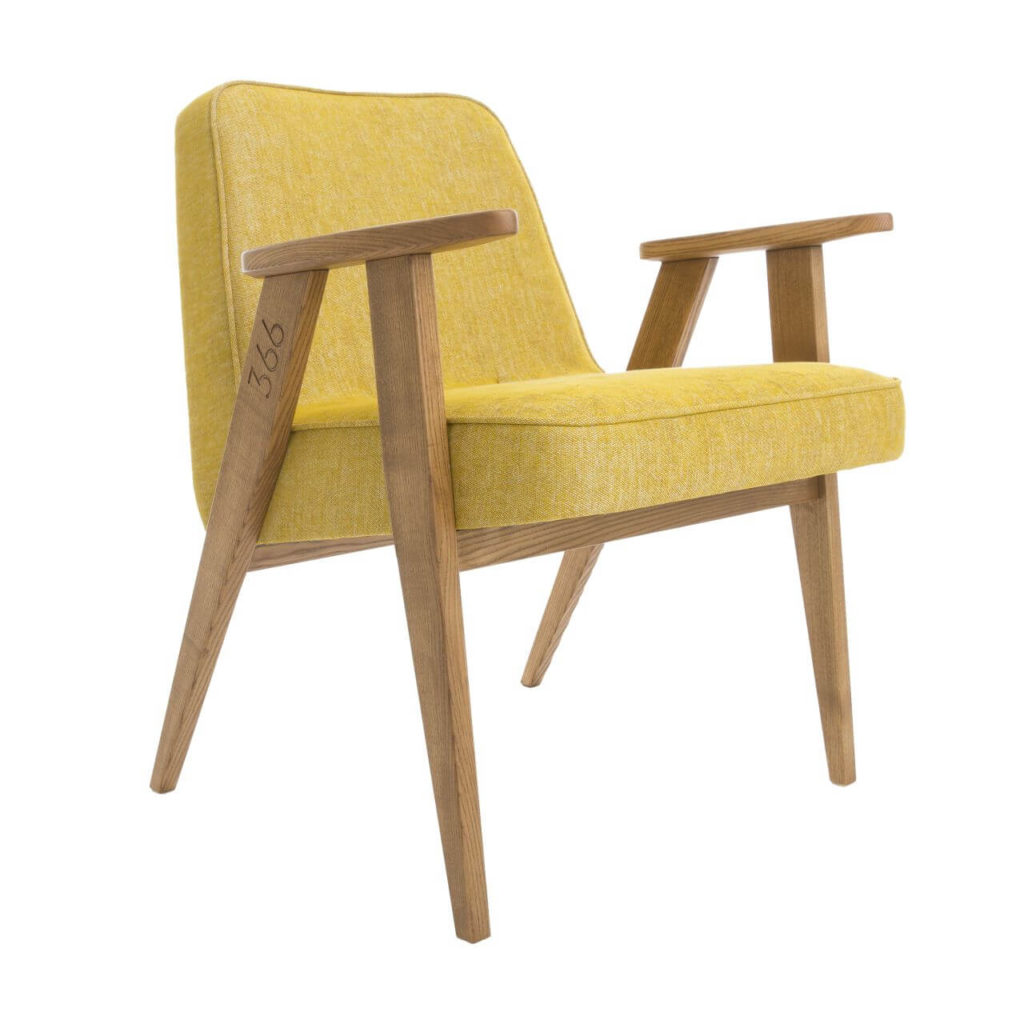
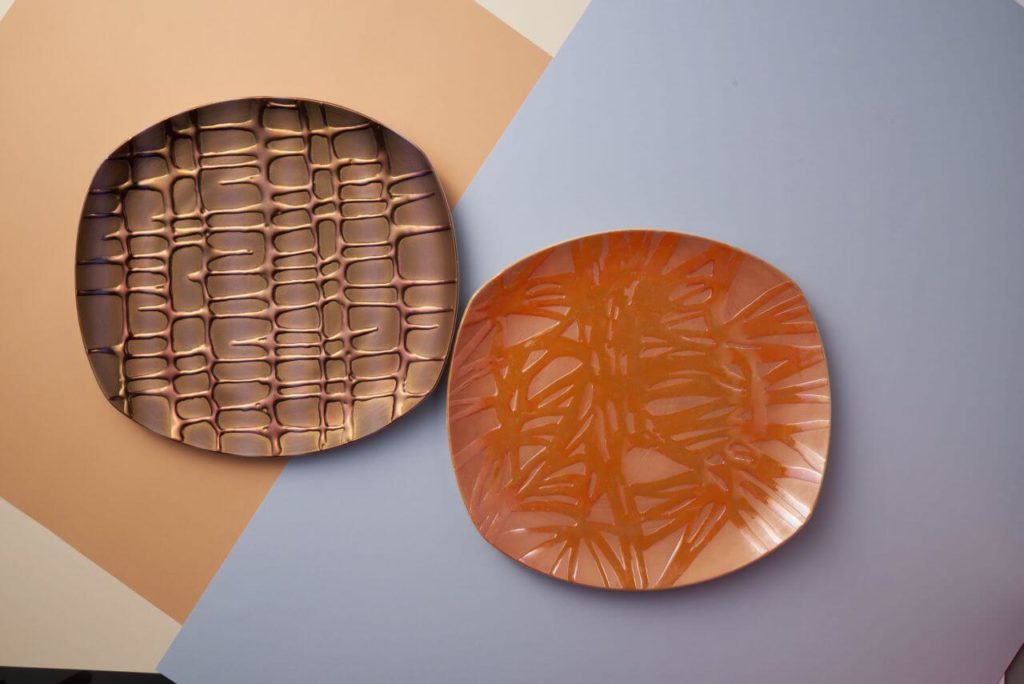

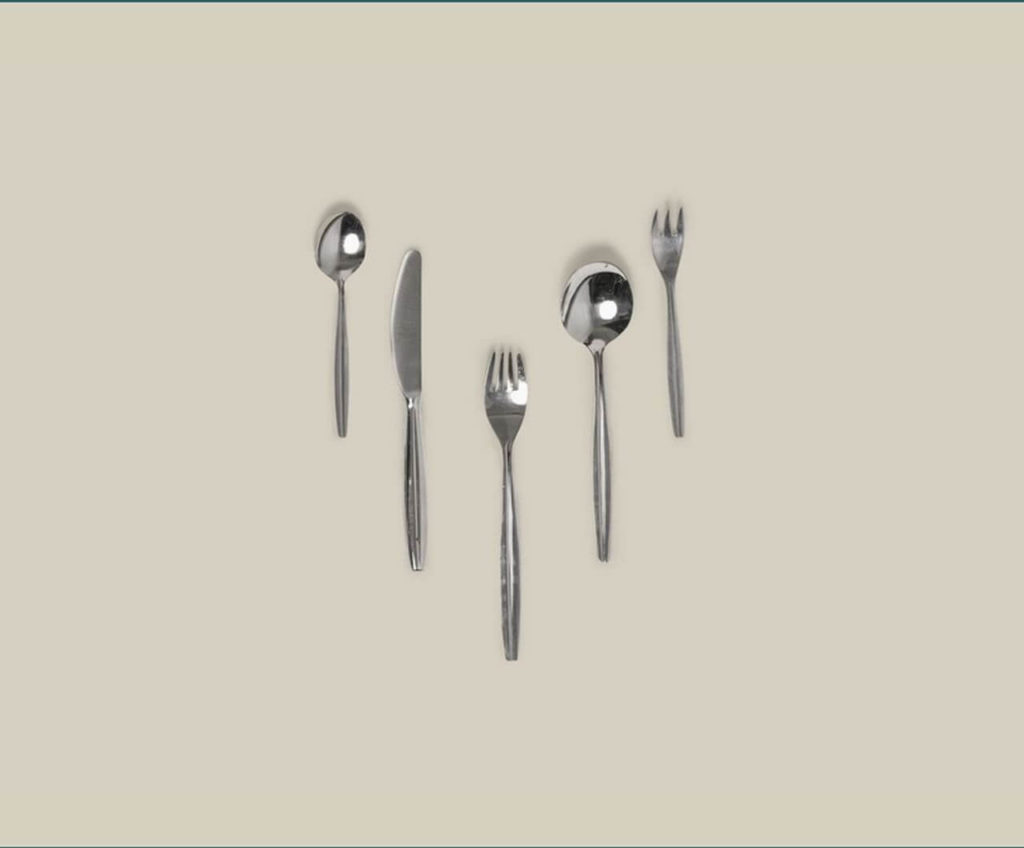

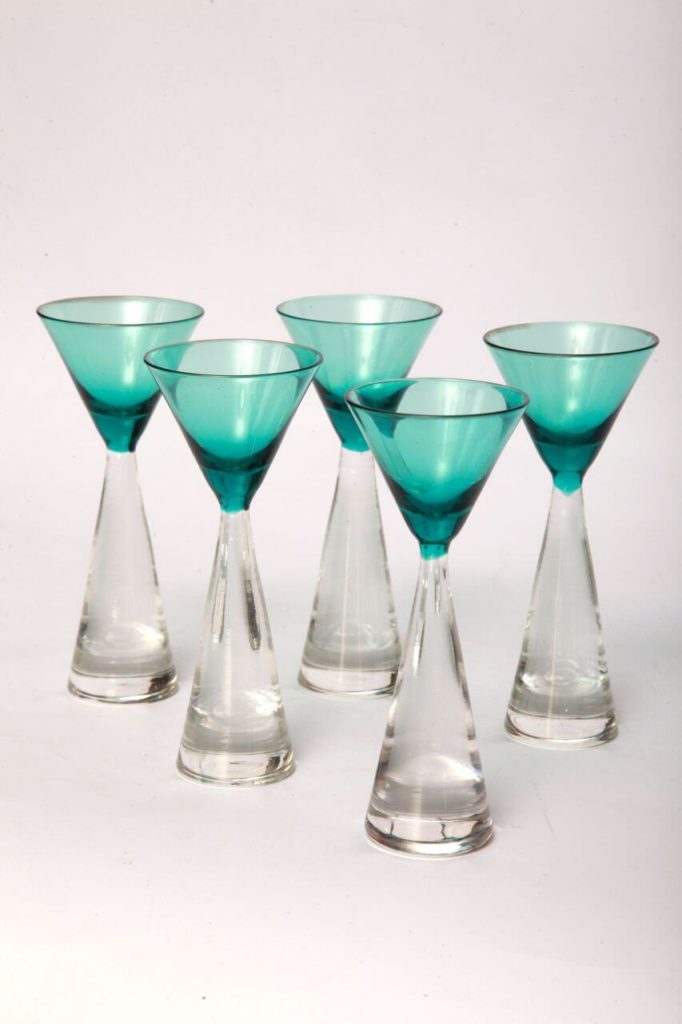
NATURALLY - SHAPED FORM
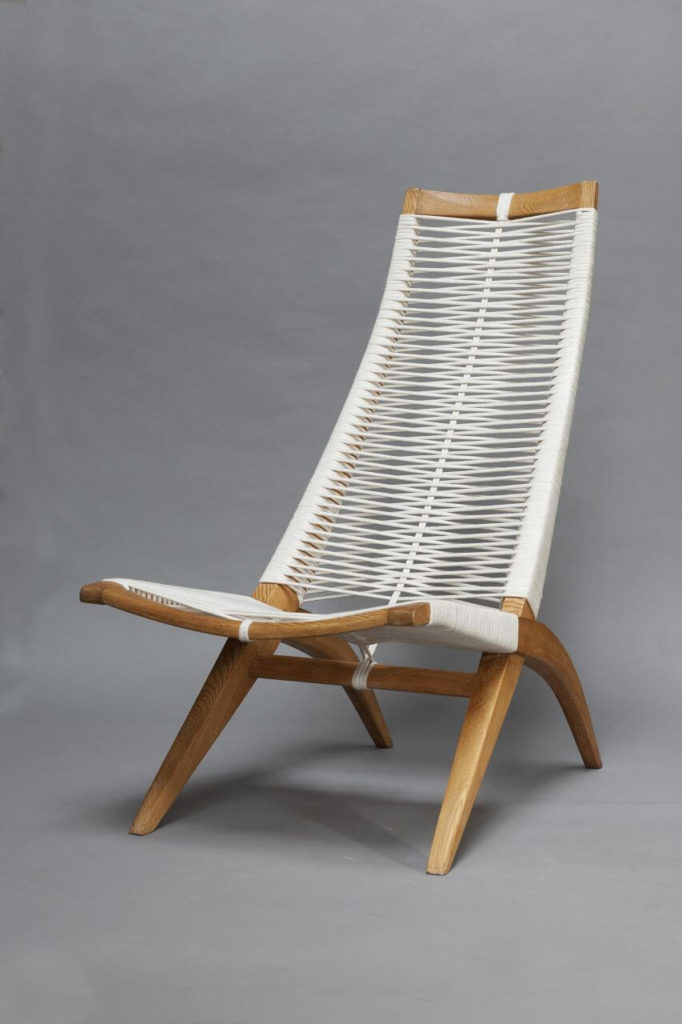
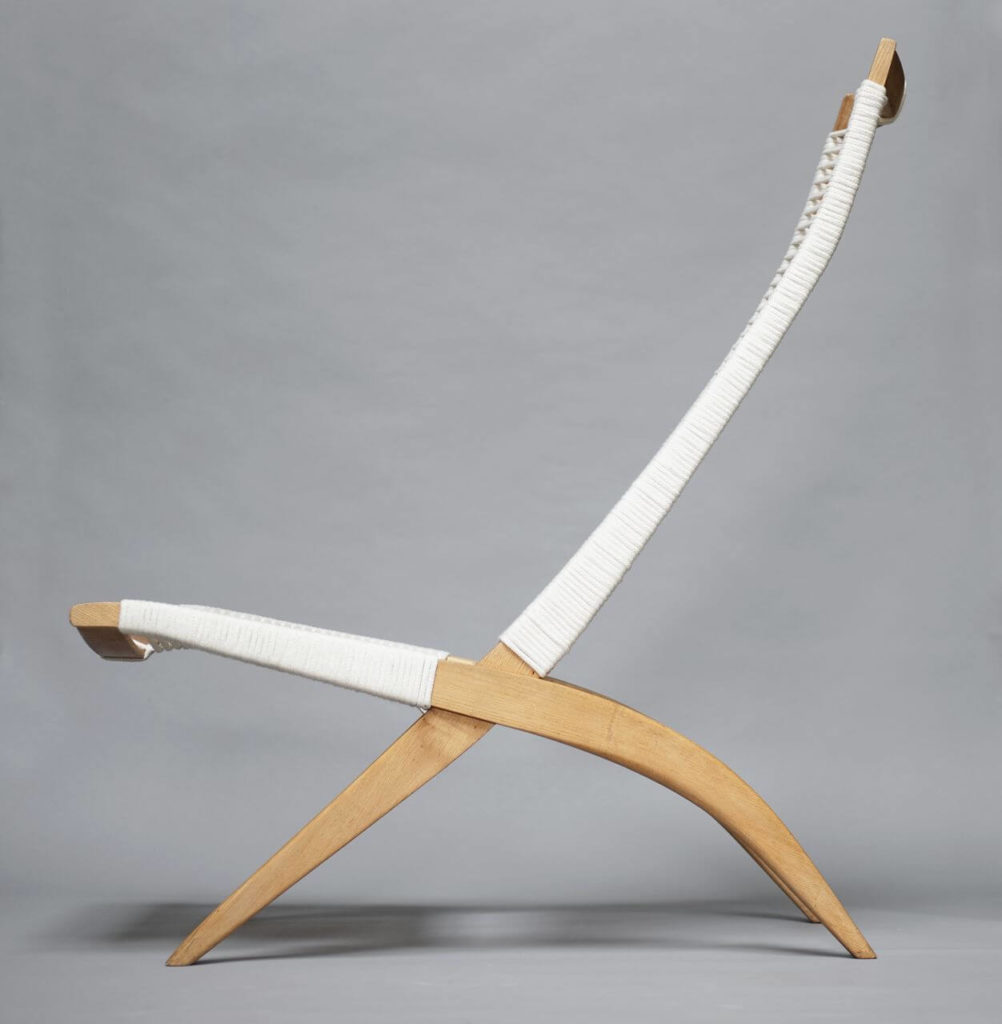

Andrzej Pawłowski was a photographer, sculptor, filmmaker and designer. In his opinion, art and design were conjoined and their unity justified the theoretical concepts he created. With the curiosity of a researcher and the creative courage of an artist, he sought new ways of creation through constant experimentation. First, he looked for the method – the form came later. His concept of naturally-shaped form was perhaps his most popular method. The first time he put this method to the test was with his students at the Applied Design faculty in Kraków. For instance, they would take a drill and cover it with plastic, which would become its casing.
Then, the air would slowly be sucked out from the inside and the plastic would cover the drill like skin, letting the drill retain its original form and its function. And, voilà! With just minimal interference from the designer, a great design is created. The difference between artistic creation and design lies in the fact that the subjects of artistic creativity are the changes of fiction into fiction and reality into fiction, while the subject of design are changes of reality into reality and fiction into reality. In other words, one could say, the output of the artistic process is fiction, and the output of designing is reality.
